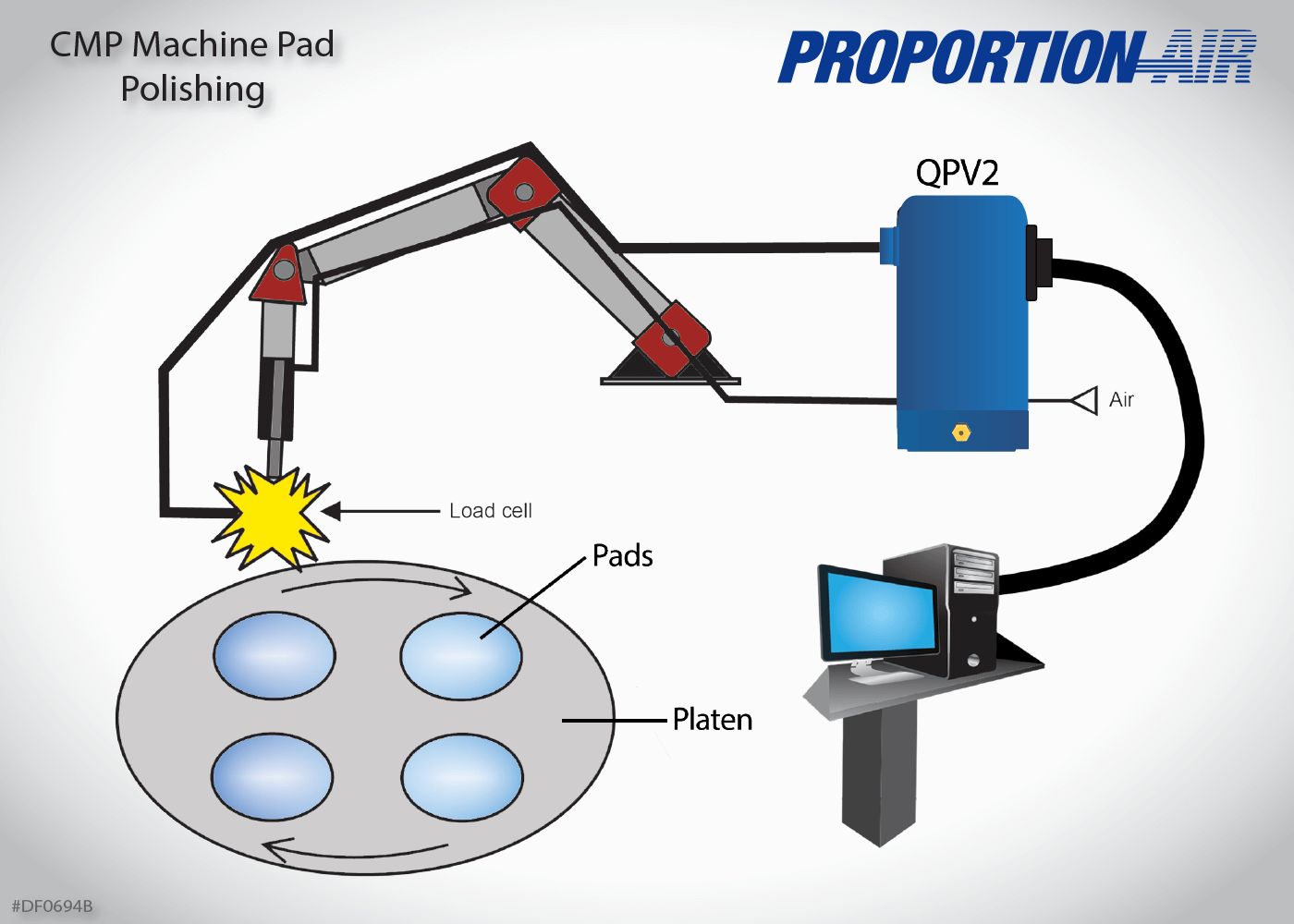 When developing applications we consider a number of factors and key process variables, including force. Understanding force is a fundamental factor in developing effective engineering processes. Playing a central role in understanding and describing the behavior of objects and systems in the physical world, force is defined as any interaction that, when unopposed, will change the motion of an object. In other words, force is what causes an object to accelerate, decelerate, or change direction.
When developing applications we consider a number of factors and key process variables, including force. Understanding force is a fundamental factor in developing effective engineering processes. Playing a central role in understanding and describing the behavior of objects and systems in the physical world, force is defined as any interaction that, when unopposed, will change the motion of an object. In other words, force is what causes an object to accelerate, decelerate, or change direction.
Force and Newton’s Laws of Motion
Newton’s Laws of Motion revolutionized science and are used today by engineers to understand how things move and work, from everyday machine operations to space travel. Force, as described in Newton’s second law, is expressed in the following equation:
Force = Mass of an Object x Acceleration
Force here refers to a physical influence, which when applied to an object causes it to accelerate in the direction from which it was applied. Mass refers to the amount of matter in the object. Acceleration is the rate of change of velocity of the object in the same straight line of the unbalanced force.
Newton’s second law focuses on the effect that an unbalanced force has on the motion of an object. It states that the rate of change of velocity of an object is directly proportional to the force applied and takes place in the direction of the force.
Controlling Force in Pneumatic Applications
Pneumatic systems are designed to perform specific processes that require controlled application of force. Controlling the force generated by fluid power allows engineers to design systems that can exert the necessary force to achieve desired outcomes. Two common elements used together for controlling force are pneumatic cylinders and load cells.
Pneumatic Cylinders
Pneumatic cylinders use compressed air to generate mechanical force and motion. They consist of a cylindrical chamber (cylinder) with a piston inside that moves back and forth when compressed air is supplied or released. The force generated by the pneumatic cylinder is directly proportional to the air pressure and the effective area of the piston.
There are a few ways that pneumatic cylinders are used to control force:
Air Pressure Regulation – The force exerted by a pneumatic cylinder can be controlled by adjusting the pressure of the compressed air supplied to it. Increasing the air pressure increases the force generated by the cylinder, while decreasing the pressure reduces the force.
Piston Size – The effective area of the piston also influences the force exerted by the cylinder. Larger pistons generate more force for the same air pressure compared to smaller pistons.
Directional Control – Pneumatic cylinders can exert force in both directions (extend and retract) by controlling the direction of airflow to the cylinder. This allows for precise control over the motion and force exerted by the cylinder.
Load Cells
Load cells are sensors used to measure force or weight in a variety of application processes. They usually consist of a metal structure with strain gauges bonded to it. When a force is applied to the load cell, it deforms slightly, causing changes in the electrical resistance of the strain gauges. These changes are measured and converted into a force or weight reading.
Ways that load cells control force include:
Force Measurement – Load cells are used to measure the force applied to a system. In pneumatic processes, load cells can be integrated into the system to measure the force exerted by pneumatic actuators or other components.
Feedback Control – Integrating load cells into a pneumatic system allows engineers to implement closed-loop control mechanisms to regulate the force exerted by the system. The measured force can be compared to a desired setpoint, and adjustments can be made to the system’s operation to maintain the desired force level.
Process Monitoring – Load cells provide real-time feedback on the force exerted by the pneumatic system, allowing operators to monitor and adjust the process parameters as needed to ensure desired performance.
Proportion-Air Force Control
Proportion-Air is an industry expert in force control applications. Our standard electronic proportional valve provides an accuracy of ±0.2 percent of full scale and a repeatability of ±0.02 percent of full scale calibration – precise force is easily achieved.
When applications require a load cell to be used for closed-loop force control, the load cell’s output can be sent directly into a QB2 proportional regulator as second loop feedback. The QB2 does the loop closing for you – it compares your controller’s command signal input with the signal output from your load cell.
To learn more, contact us or request a quote today.


 Purdue’s Mechanical Megalodon Senior Capstone Project Taking Shape
Purdue’s Mechanical Megalodon Senior Capstone Project Taking Shape  University of Wisconsin & Proportion-Air – Manual Regulator Senior Capstone Project Team
University of Wisconsin & Proportion-Air – Manual Regulator Senior Capstone Project Team  February Newsletter: Medical Device Manufacturing
February Newsletter: Medical Device Manufacturing